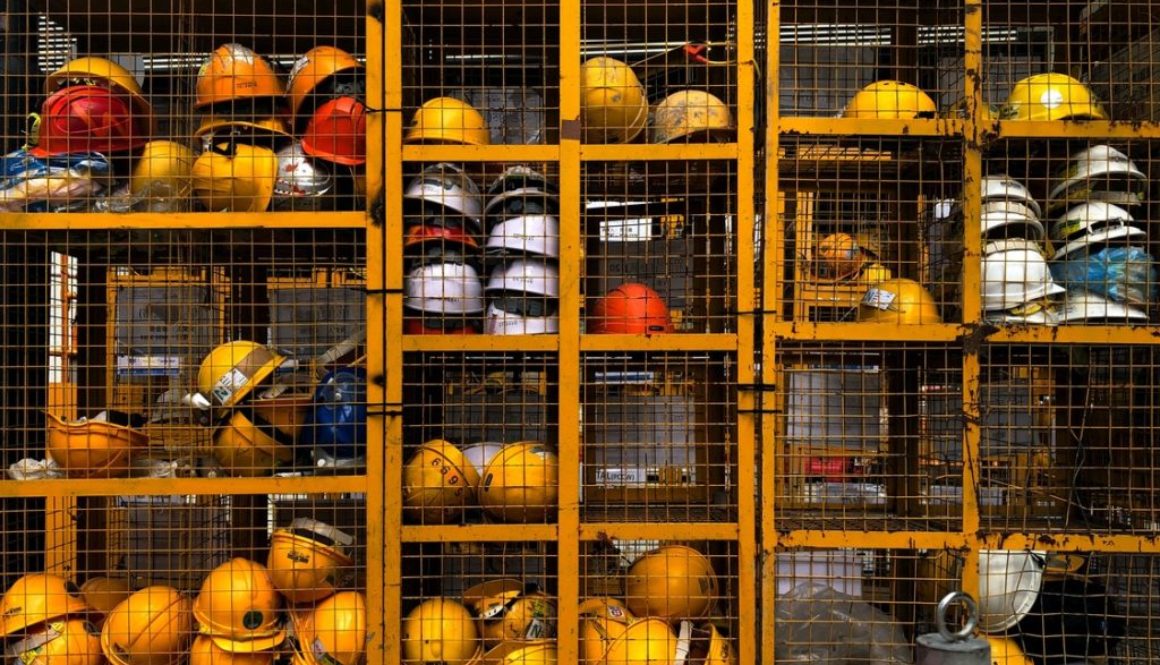A Comparative Exploration of Safety Differently in Contrast to Safety 1 and Safety 2
The evolution of Safety paradigms, including Safety 1, Safety 2, and Safety Differently, reflects a dynamic understanding of risk management. In this article, we delve into the distinctive features of Safety Differently, drawing comparisons with the established frameworks of Safety 1 and Safety 2. Safety 1, rooted in traditional safety thinking, emphasises preventing adverse events through risk identification and mitigation. This approach is well-captured in James Reason’s seminal work, “Human Error,” which highlights the importance of adhering to established rules and procedures to minimise the likelihood of adverse outcomes (Reason, 1990). In Safety 1, incidents are considered deviations from the norm, and investigations focus on uncovering root causes to prevent their recurrence. The emergence of Safety 2 as a response to the limitations of Safety 1 is detailed in Erik Hollnagel’s work, particularly in “Safety-I and Safety-II: The Past and Future of Safety Management” (Hollnagel, 2014). Safety 2 recognises the role of successful adaptations in complex systems and encourages an understanding of how organisations function under varying conditions. Unlike Safety 1, Safety 2 views incidents as valuable sources of information about system dynamics, prompting a shift from focusing on failure prevention to understanding successful adaptations. Safety Differently represents a paradigm […]
